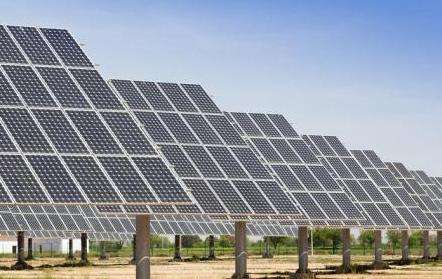Multi-compound thin-film solar cell materials are inorganic salts, which mainly include III-V gallium arsenide compounds, cadmium sulfide, cadmium sulfide and layer batteries thin copper, indium and selenium.
Cadmium sulfide and cadmium telluride polycrystalline thin-film solar cells are more efficient than amorphous silicon thin-film solar cells, less expensive than monocrystalline silicon cells, and are easy to produce in mass. However, cadmium is. highly toxic, will cause serious environmental pollution, so it is not the most ideal substitute for crystalline silicon solar cells.
The conversion efficiency of III-V gallium arsenide (GaAs) compound cells can reach 28%. GaAs compound material has a very ideal optical bandgap and high absorption efficiency, and has strong radiation resistance. non-heat sensitive and suitable for manufacturing high efficiency single junction cells. However, GaAs materials are expensive, which significantly limits the popularity of GaAs batteries.
Copper indium selenide thin film cells (CIS for short) are suitable for photoelectric conversion. There is no light-induced degradation problem, and the conversion efficiency is the same as polycrystalline silicon. With the advantages of low price, good performance and simple process, it will become an important direction for the development of solar cells in the future. The only problem lies in the source of the materials. Indium and selenium being relatively rare elements, the development of this type of battery is necessarily limited.
Thin-film solar cells can be manufactured using low-c ceramicsCost, graphite, metal sheets and other different materials as substrates. only a few μm. Currently, the conversion efficiency can reach up to 13%. In addition to being flat, thin-film solar cells can also be made into non-planar structures due to their flexibility. They have a wide range of applications and can be combined with or as part of buildings. applications.














